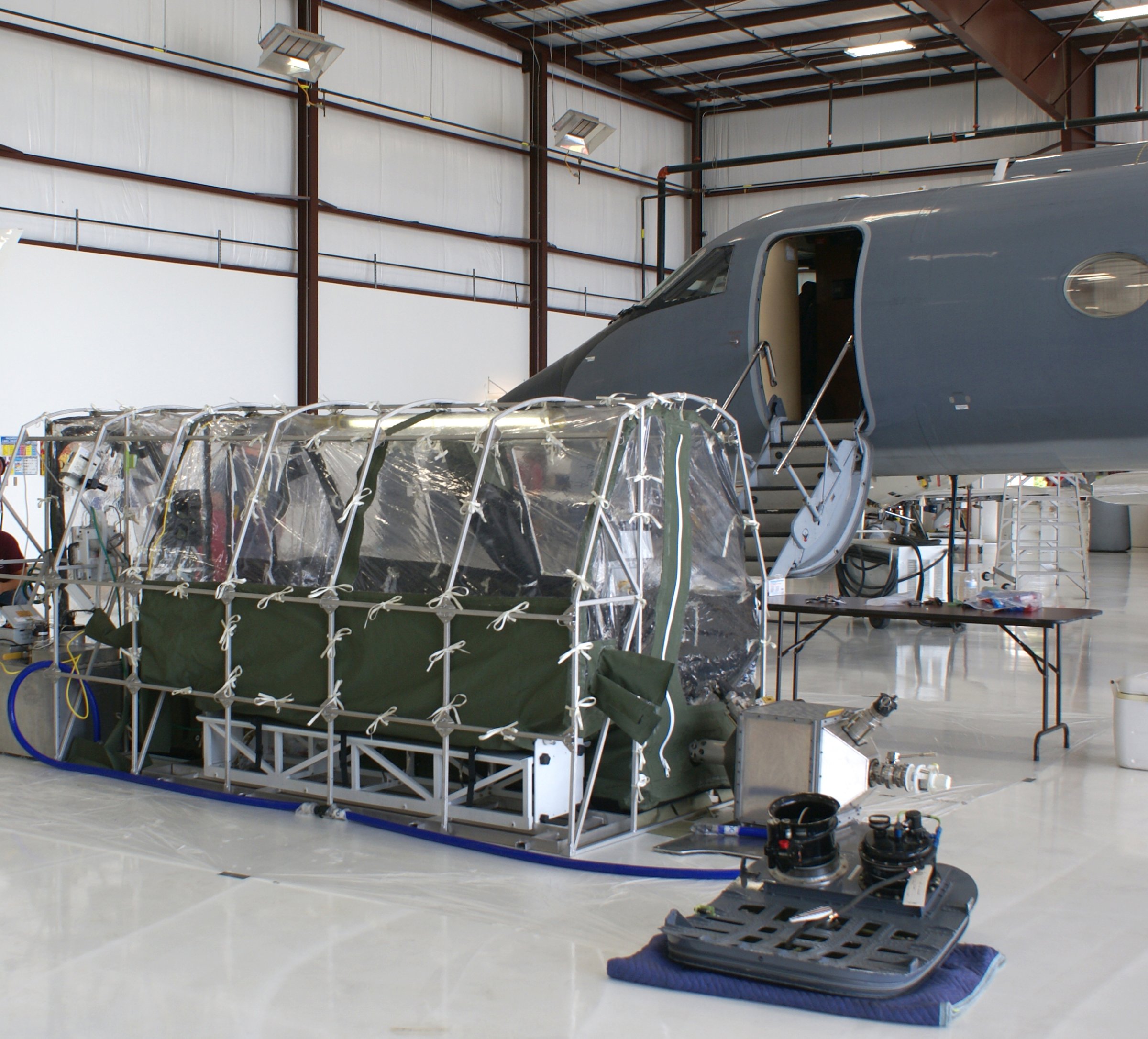
Soon after the Centers for Disease Control and Prevention (CDC) issued a travel advisory on Thursday for Guinea, Liberia, and Sierra Leone, all struggling to contain an outbreak of Ebola, it was reported that two Americans infected with the virus would be evacuated. Nancy Writebol, a missionary with an NGO called SIM USA, and Dr. Kent Brantly of Samaritan’s Purse, contracted Ebola in Liberia. A hospital in Atlanta has announced it will receive at least one patient, but does not yet know which one or when they will arrive. SIM USA says the plane can accommodate only one patient at a time.
“Emory University Hospital has a specially built isolation unit set up in collaboration with the CDC to treat patients who are exposed to certain serious infectious diseases,” the hospital said in a statement. “It is physically separate from other patient areas and has unique equipment and infrastructure that provide an extraordinarily high level of clinical isolation. It is one of only four such facilities in the country.”
Their transport was arranged by SIM USA, with support of the State Department, and they are using Phoenix Air, the same contractor that the CDC and other U.S. agencies have used for infectious disease evacuations.
The CDC and other major public health groups have established certain protocols for transporting and evacuating patients, ranging from cabin depressurization to waste disposal, and the State Department has said it will help coordinate those efforts. Although the CDC and Emory University did not respond to requests for comment on the specifics of the carriers, the setup is likely very similar to what the CDC has recommended for handling SARS patients, and what the now-dissolved U.S. Army Medical Research Institute of Infectious Diseases’ (USAMRIID) aeromedical isolation team used to do when evacuating patients with serious infectious diseases.
Here’s what typically can happen. Depending on the virus, health care workers will remain covered with gowns, gloves, eye equipment and possibly face masks. Some may also have full-body suits. The aircrafts used to transport the patients are equipped with medical equipment, too. The CDC recommends one area of the plane to be distinguished as the isolation zone for patient care that is somehow separate from other areas where health care workers can put on or remove their equipment (one former CDC researcher says the workers may never take the gear off during transport). In this case, a tent-like system is easily set up in the aircraft. The patient can be additionally isolated in a sealed container that has negative air pressure, so that the air inside actually stays inside (even if Ebola isn’t airborne). The isolator that the patient is in could have oxygen tanks, medication, defibrillators and intravenous fluids.
When it comes to waste from the patient or sheets that have blood or bodily fluid, the CDC advises that all of it must be disposed of in biohazard bags. Once the plane has landed and the patient has been delivered for care, the aircraft will undergo very specific and intensive cleaning. Dr. Eileen Farnon, an associate professor at the Temple University School of Medicine who was a CDC researcher during the Ebola outbreak in 2007, says that when the plane lands, a similarly equipped ambulance will likely meet it to take the patient to the hospital. As Emory indicated, they have protocols and isolations units in place to safely transport and treat the patient—or patients—upon arrival.

“Unfortunately one of the tragedies of these outbreaks is the lack of resources in rural parts of Africa, including basic things like gloves and gowns and face masks—certainly eye shields. Things that we take for granted in the United States,” says Farnon. “At our hospitals, there are standards of care that don’t exist everywhere. Here, we can adequately protect health care workers and provide high level of care to patients.”
That’s one of the primary reasons CDC Director Tom Frieden said the Ebola outbreak in Guinea, Liberia and Sierra Leone has grown: Many health systems in these countries “are not highly functional.” In Atlanta, Emory’s hospital has an isolation unit that was set up in collaboration with the CDC to care for patients with serious infectious diseases. Treating a patient there with highly trained experts and CDC oversight (CDC headquarters is nearby) is likely a better location for American patients who, tragically and unlike many victims in West Africa, could have a chance at better care and survival.
More Must-Reads from TIME
- Inside Elon Musk’s War on Washington
- Meet the 2025 Women of the Year
- The Harsh Truth About Disability Inclusion
- Why Do More Young Adults Have Cancer?
- Colman Domingo Leads With Radical Love
- How to Get Better at Doing Things Alone
- Cecily Strong on Goober the Clown
- Column: The Rise of America’s Broligarchy
Contact us at letters@time.com